Harlem Meer and the Charles A. Dana Discovery Center
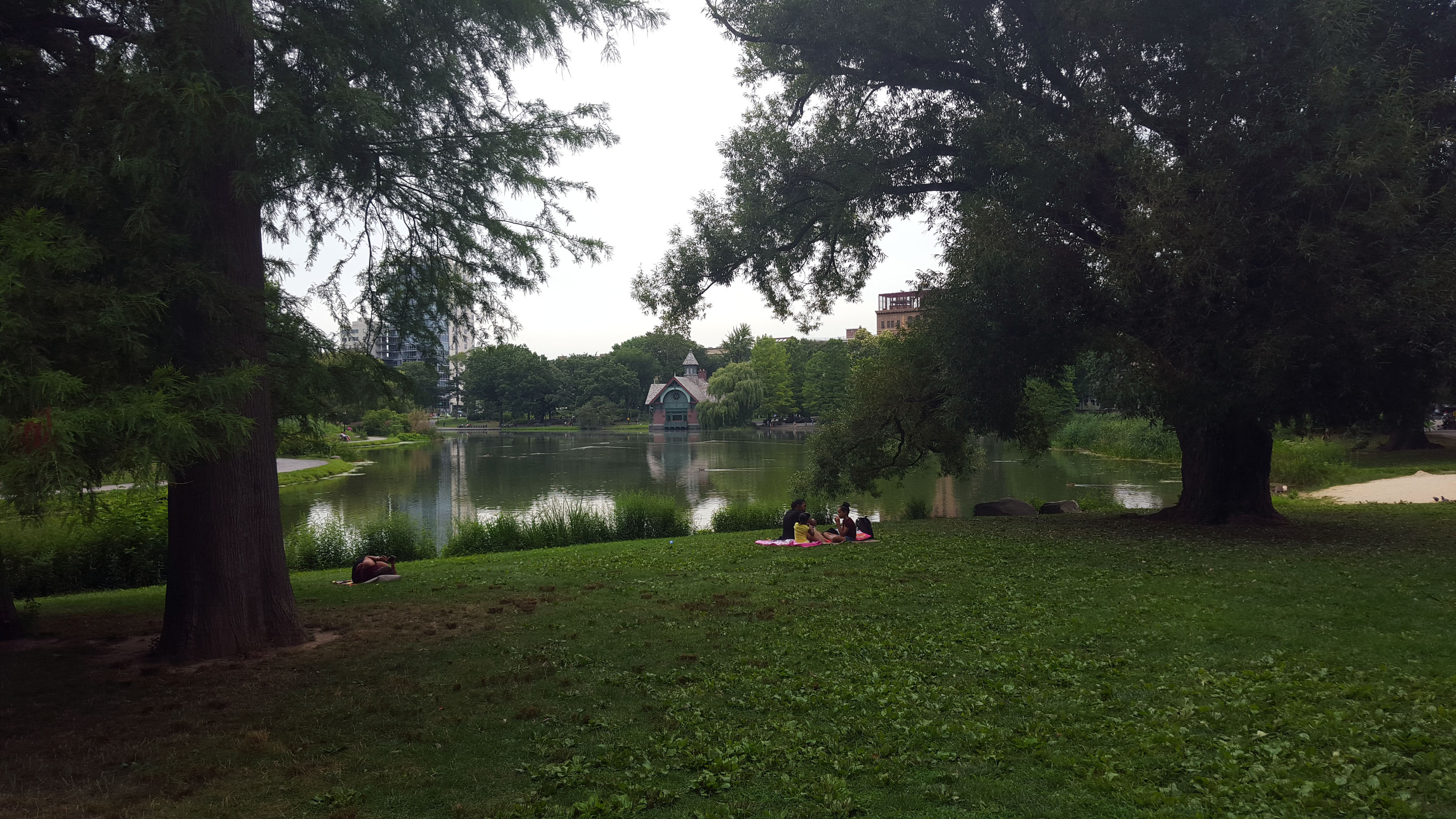
A pleasant water feature of Central Park, the Harlem Meer was not part of the original plans; Vaux & Olmstead’s 1858 design stopped at 106th Street. The Meer was created in the 1860s to drain a belt of swampy country that formed a boundary between New York and the then still-suburban village of Harlem; the… Continue reading
1249 Fifth Avenue, the Terence Cardinal Cooke Center
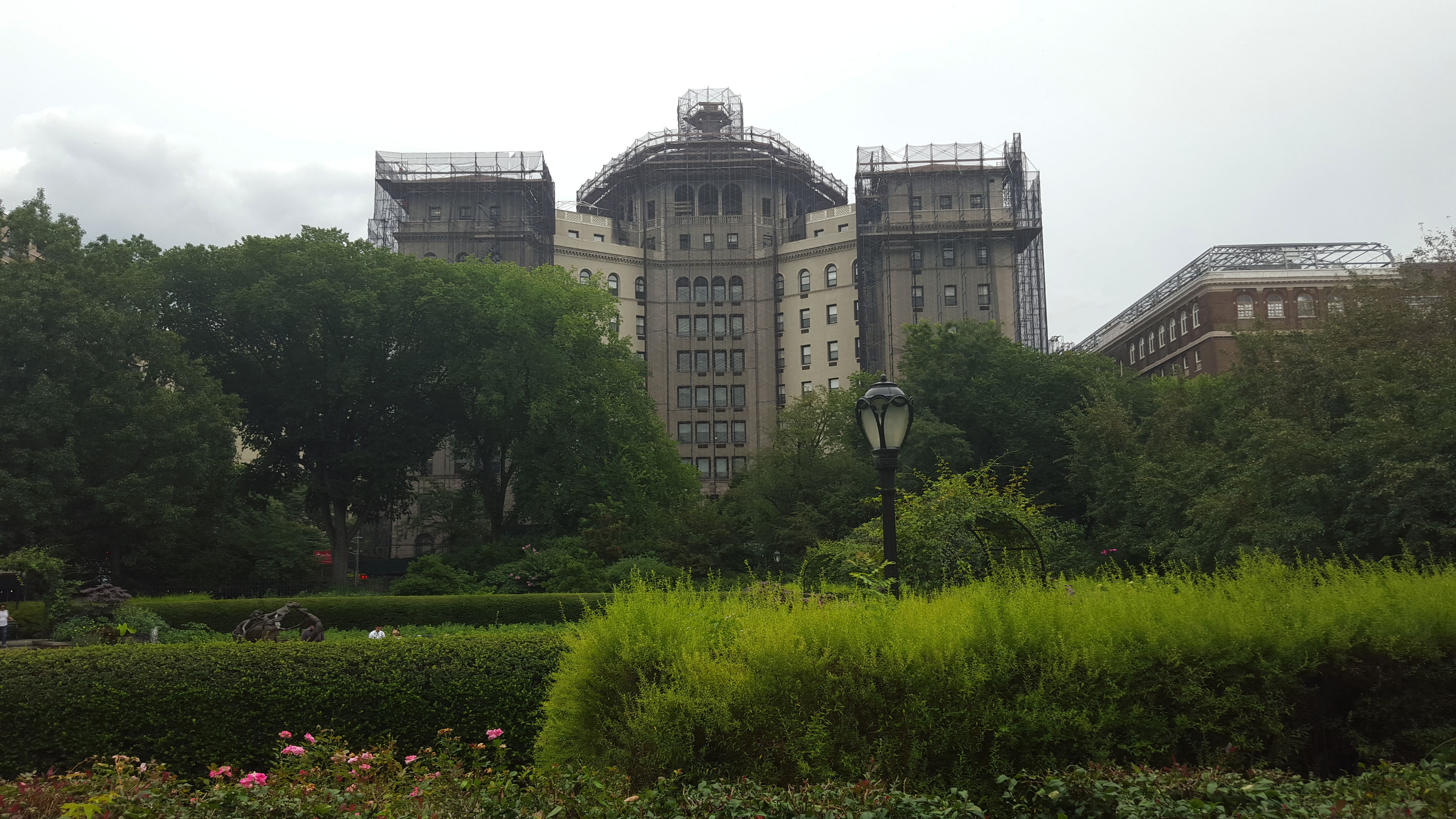
A singularly graceful Italian Renaissance design, the 1927 Terence Cardinal Cooke Center at 1249 Fifth Avenue is here seen from the Conservatory Gardens, partially covered in a restoration’s scaffolding. Once a hospital, it is currently an assisted aid residence for elderly patients.
Just Off Fifth: The Untermyer Fountain
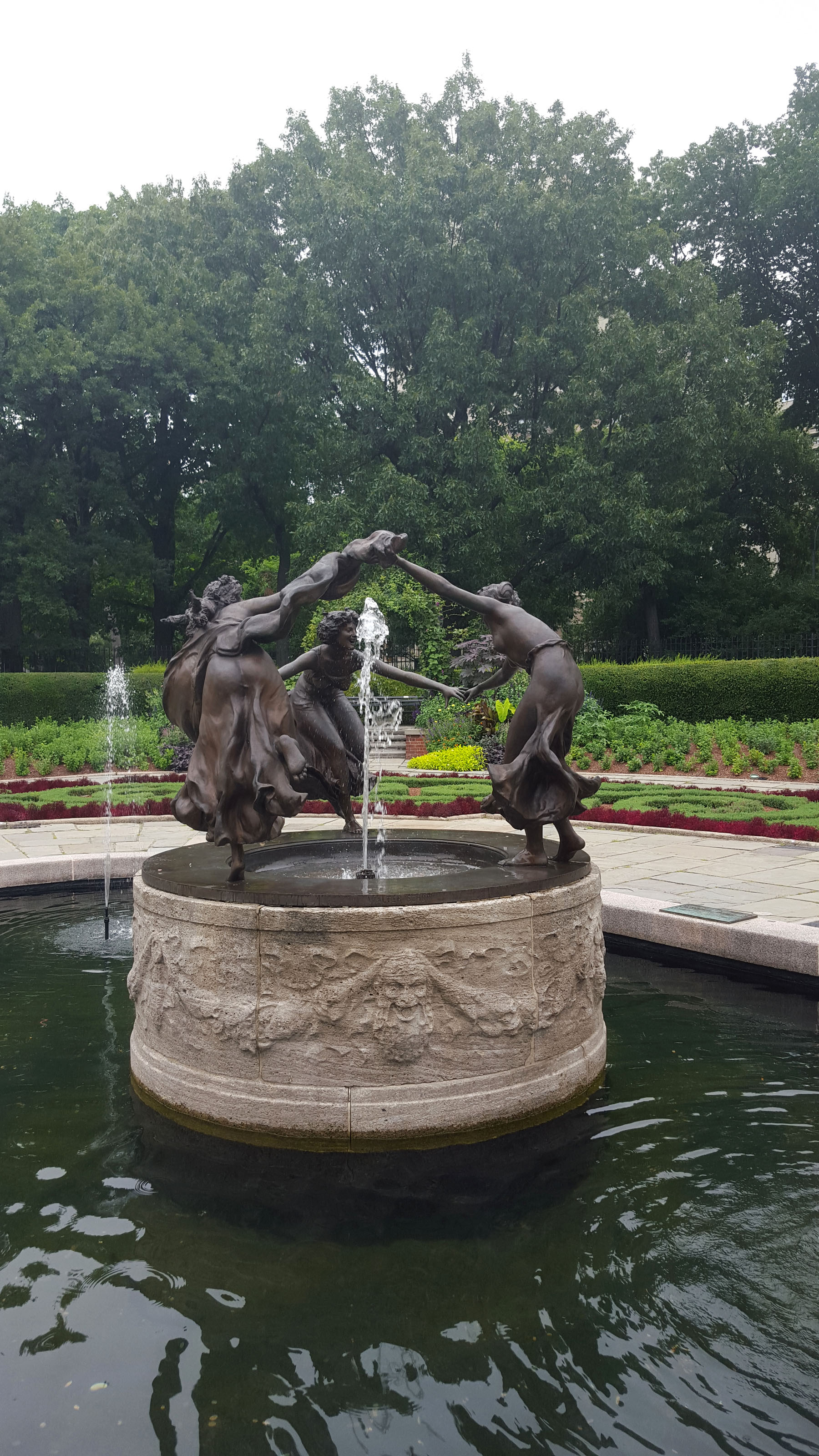
A cast of German artist Walter Schott’s “Three Dancing Maidens,” the Untermyer Fountain is named after Samuel Untermeyer, a prominent lawyer and civic leader. Donated to Central Park in 1947 by Untermyer’s heirs, the work is typical of the Art Nouveau period in continental Europe. The fountain once stood in a 48-acre formal garden that… Continue reading
Conservatory Gardens, Central Park
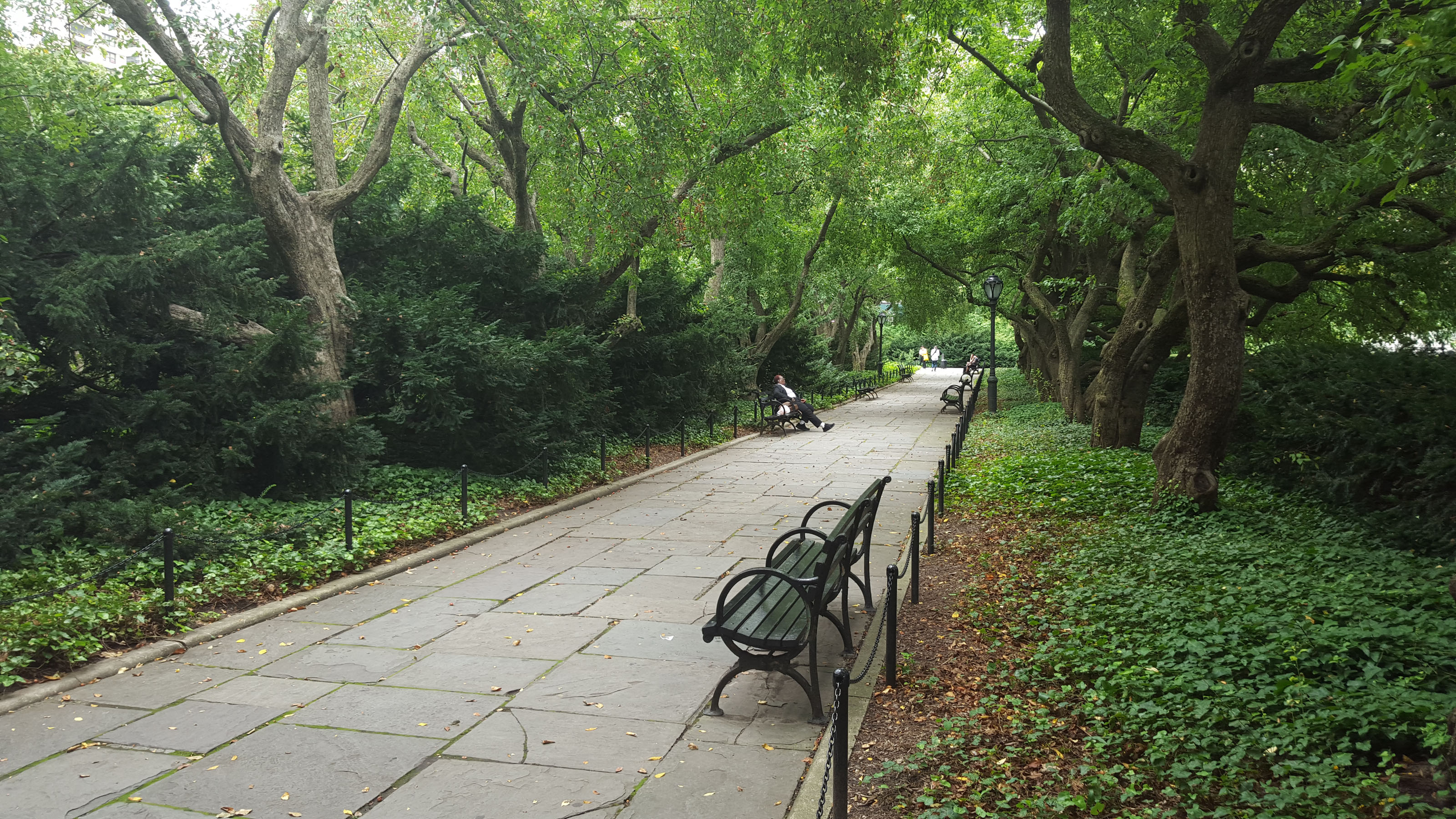
The only formal gardens in Central Park, the Conservatory Gardens were created in 1934-1937 after the park’s former greenhouse was removed. Covering some six acres, the garden was designed by Gilmore D. Clarke, landscape architect to Robert Moses, then Parks Commissioner. Plantings were laid out to plans by M. Betty White and the construction of… Continue reading
The Vanderbilt Gate, Conservatory Gardens
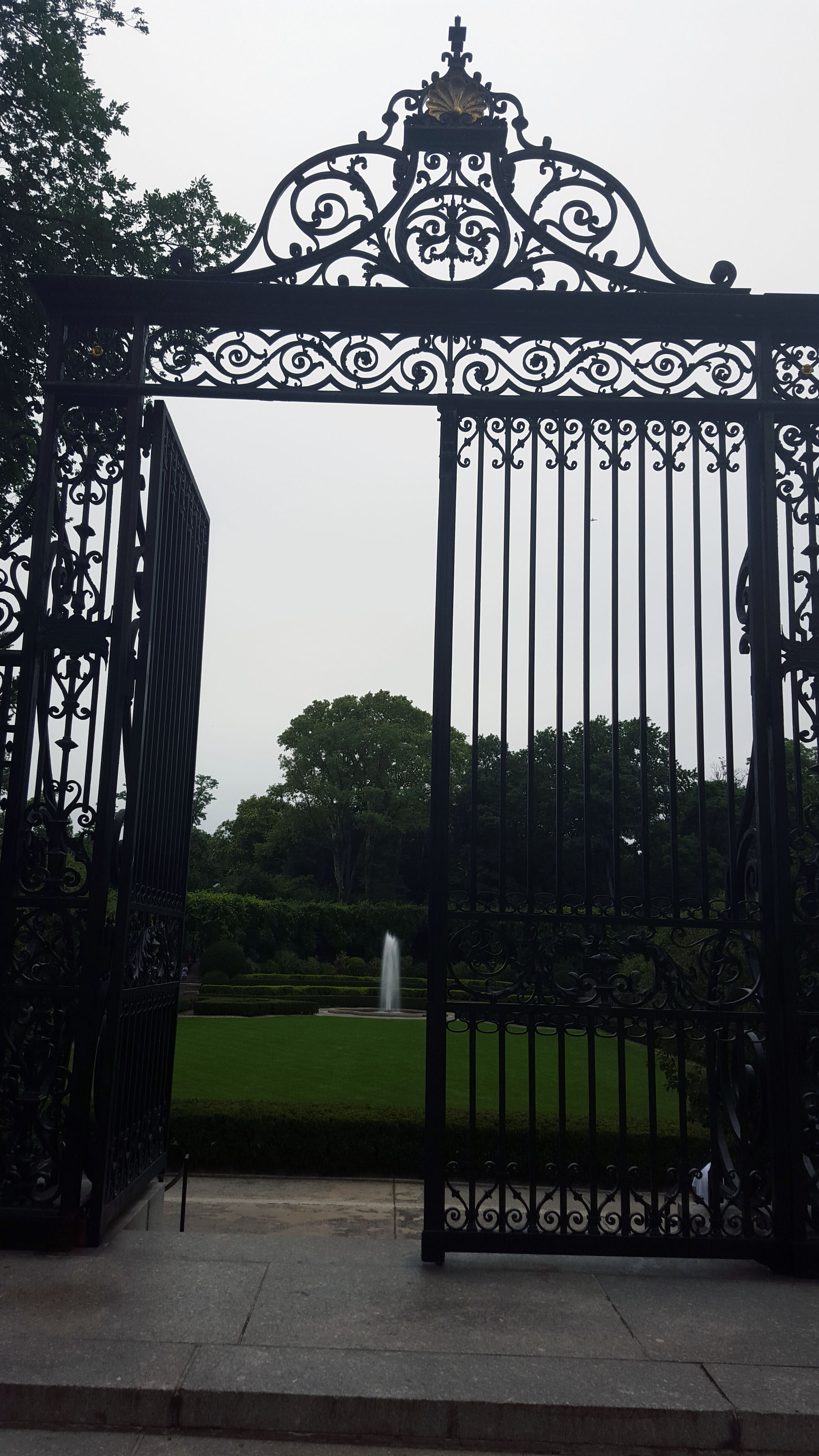
Central Park’s only formal gardens are reached through the spectacular wrought iron Vanderbilt Gate, which was originally located many blocks south near Fifth Avenue and West 58th Street, where it served as the entrance gates to the colossal Cornelius Vanderbilt Mansion. The gates, like the mansion, were designed by George B. Post in a dramatic… Continue reading